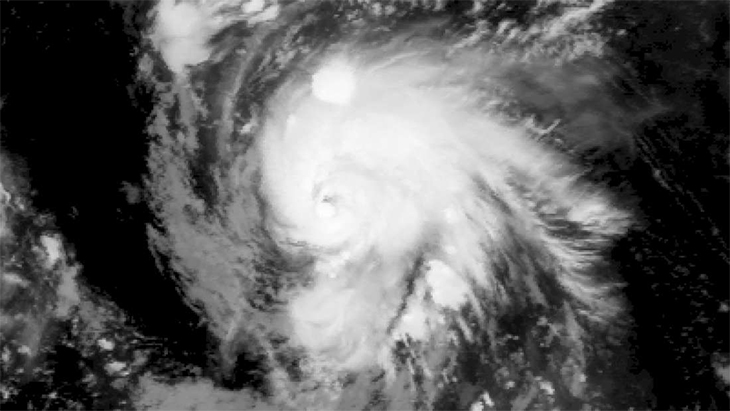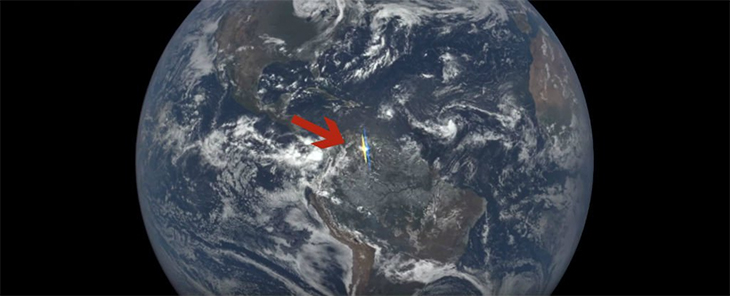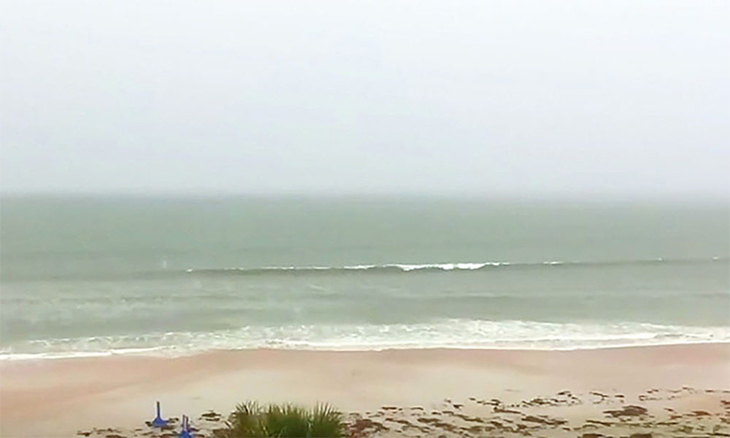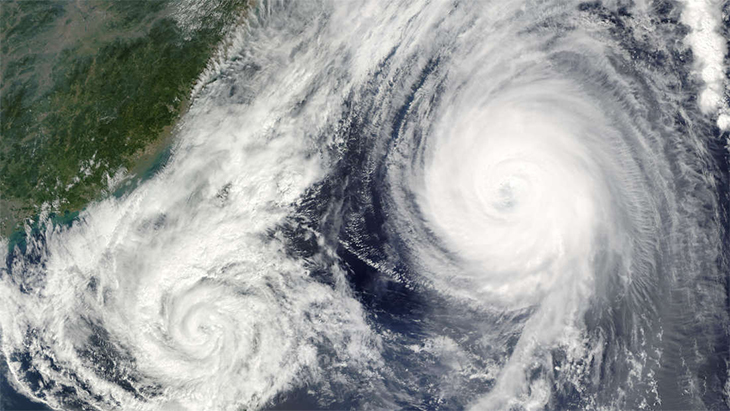By: Rosie McCall/IFL Science With Texas reeling from Harvey, Irma devastating several Caribbean islands, and now Jose being upgraded from a tropical storm to a Category 1 hurricane, it’s been a rough season for North America.
The announcement was made Wednesday afternoon when Jose’s maximum winds hit 125 kilometers per hour (75 miles per hour). As of 5 am ET on Wednesday, maximum wind speeds were at 145 km/hr (90 mph) and these are expected to grow stronger over the next couple of days. Forecasters predict that by Friday, it will have turned into a Category 3 hurricane.
Officials say it isn’t an immediate threat to land and, right now, it’s too early to say if and when it will make landfall. But it may be a concern for the Leeward islands, who have already suffered the brunt of Hurricane Irma.
“This one doesn’t pose as much of a threat to the direct southeastern United States as Irma does,” said Weather Channel meteorologist Ari Sarsalari, reports NBC News. “But the Leeward Islands would end up with another one-two punch… This could be pretty bad for them.”

Hurricane Jose’s predicted path NOAA
Hurricane Irma broke records, becoming the most powerful recorded Atlantic hurricane. Gaston Browne, president of Barbuda, told local reporters the destruction caused by the storm was unprecedented. Some 95 percent of the island was completely destroyed. Now, in anticipation of Jose, Browne is considering evacuating residents.
This is the fifth storm to transition into a hurricane this summer. It was shortly followed by a sixth, Hurricane Katia, which currently hovers around the Southern Gulf of Mexico. Hurricane season usually peaks around September 10, so more storms are expected.
As experts predicted, it has been a particularly busy season. According to CNN Weather, this is the first time since 2010 that there have been three active hurricanes in the Atlantic.

Currently active hurricanes NOAA




